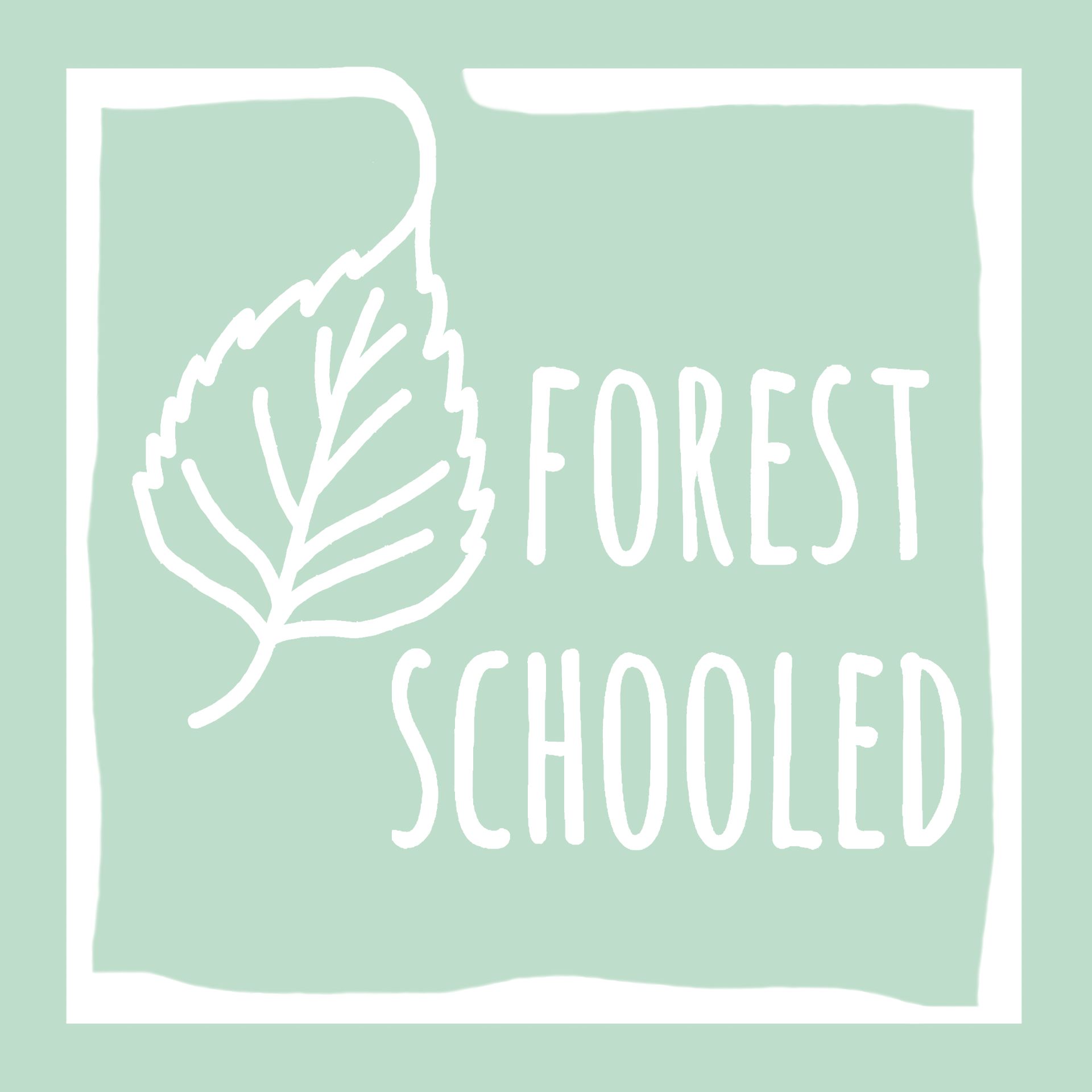
Blog
Stories from my personal journey learning about and delivering Nature-rooted programs across three different countries
If learning is supposed to be child-led, what's my role?
Caylin (Forest Schooled)

Empty space, drag to resize
Sometimes the whole 'child-led' learning thing can be a bit confusing to me. It feels like it should be straight forward right?
Let the child.... lead...
But there's actually more to it and it's less to do with the child and more to do with the adult. What is MY role as the adult in a setting where I'm encouraging learning to be self-directed?
If we're supposed to let the child lead, do I just leave them alone? Do I just tell them to go off and play, make myself a cup of tea and take a seat? I could (and there are definitely times when taking a back seat should be done!), but if I did this all the time, there would be missed opportunity for learning.
So that's where it get's confusing – how do you find that balance where you can support and extend a child's learning while still allowing it to be self-directed rather than just interfering? I've come to realise that the answer is... springboards!
So what's a springboard? Well the Cambridge Dictionaries Online (1999) definition is “a board that can bend, helping to jump higher when jumping or diving into a swimming pool or when doing gymnastics”. Some of you may be wondering, “What the heck does that have to do with Forest School?”
Well, in relation to Forest School, this definition makes more sense: a springboard is a starting point to encourage self-directed learning and free play (Horseman, 2010). But the Cambridge definition is still worth looking at too because it brings up this important point: A person could still 'jump' just fine without a springboard. The point is that a springboard helps them 'jump higher'.
So how can we use springboards to walk that sometimes fine line of extending learning whilst still letting it stay self-directed? Here's a few tips for how to offer a springboard:
- Set up and leave an activity or prop out for children to find. Let them decide how to interact with it.
- Start doing or making something yourself. If they express interest in what you're doing, give them ways to get involved. Ask them for their ideas on how to progress with the activity and follow their lead.
- If they are utterly lost, suggest something! This means having a bank of ideas and resources you can pull out when needed.
It sounds fairly straight forward, but offering a springboard without interfering can actually be quite tricky! This is because it's all about timing. And this is where our single most important role as the adult comes into play: we are OBSERVERS.
In order to make the right judgment call for when a child needs a springboard, we need to be paying attention. We also need to be knowledgeable about what clues (i.e. body language or words) indicate a child needs to be offered a 'starting point'. This actually takes a lot of skill and means lots of practice using observation as well as planning ahead! Knowing the children and their interests helps too.
Here's a useful quote from Best Play. What Play Provision should do for Children about the role of a playworker, which I think can be applied to the role of a Forest School Leader too:
“Because of the developmental importance of children's free play, and the satisfaction and pleasure they obtain from playing freely, playworkers aim for the minimum intervention in children's activity consistent with keeping them free from harm. This approach has been characterised as 'low intervention, high response', a style of working which supports rather than directs the child... The playworker's core function is to create an environment which will stimulate children's play and maximise their opportunities for a wide range of play experiences. A skilled and experienced playworker is capable of enriching the child's play experience both in terms of the attitudes and culture fostered within the play setting. Without violating the principle of low intervention, they are a channel of access to new materials and tools and can act as a stimulus to children to explore and learn. They are available to participate in the play if invited” (National Playing Fields Association, PLAYLINK and Children's Play Council, 2000, pg. 16)
I'm just going to highlight the last sentence of this quote as I think it's extremely important and easily missed: Playworkers “are available to participate in the play if invited.” Let's not forget that in the whirlwind of observation, regulating risk, and providing care, our role can also be about playing too!
To illustrate all this a bit further, I've made a cartoon based on a recent Forest School session! Here's how child-led learning, combined with the use of springboards, can benefit learning and development. Enjoy :)
Write your awesome label here.
References:
Cambridge Dictionaries Online (1999) Springboard, http://dictionary.cambridge.org/dictionary/english/springboard, 29/06/2016.
Horseman, L (2010) Springboards, http://kindlingplayandtraining.co.uk/forest-school/springboards/, 29/06/2016.
National Playing Fields Association, PLAYLINK and Children's Play Council (2000) Best Play. What Play Provision should do for Children, National Playing Fields Association.
National Playing Fields Association, PLAYLINK and Children's Play Council (2000) Best Play. What Play Provision should do for Children, National Playing Fields Association.
More Posts
WANT TO GET FOREST SCHOOLED TOO?
Subscribe to my email letters, something special from me to you so we can learn together. Each one is filled with heart-felt stories from the forest, resources you may find useful, and things that hopefully bring a smile too.
Thank you!
© by FOREST SCHOOLED
